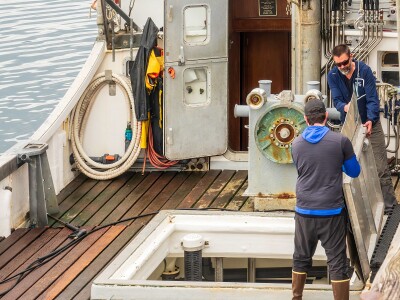Lobster, you’re on a roll.
Recent news reports have chronicled your rise — or fall? — citing sustainability, affordability and sheer bounty. In Maine alone, marine biologists are happy to report that your numbers have grown “unbelievably” over the past 25 years. Will that diminish your white-tablecloth profile?
If I’d known our friends were buying, I’d have ordered the lobster.
You’ve had your ups and downs in America; plentiful enough to bore Colonial palates in the 1600s and popular enough to support a canning industry in Maine 200 years later. The condition in which you were transported made a difference; once fishermen figured out how to hold fresh Homarus americanus in recirculating-water tanks, you clawed your way into the “lobster palaces” that catered to the glitterati of Edwardian New York.
Fast-forward through lobster booms and busts of the 19th and 20th centuries: Here you are, gobbled up as fast food and as high-end fare, at restaurants and at home. In the post-“Annie Hall” era, amateur cooks became downright squeamish about how to dispatch you properly. Now we’re worried that you’re feeling pain, so we move you to the freezer for 10 or 15 minutes to slow your metabolism, before the chef’s knife and heat are applied. Experts say stress can adversely affect the texture of the flesh.
Read the full story at the St. Louis Post-Dispatch>>
Want to read more about lobster? Click here...






